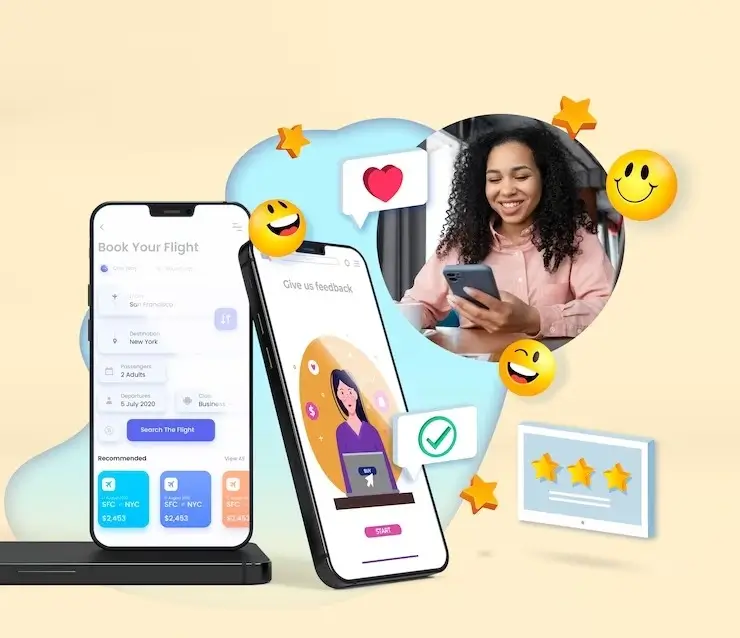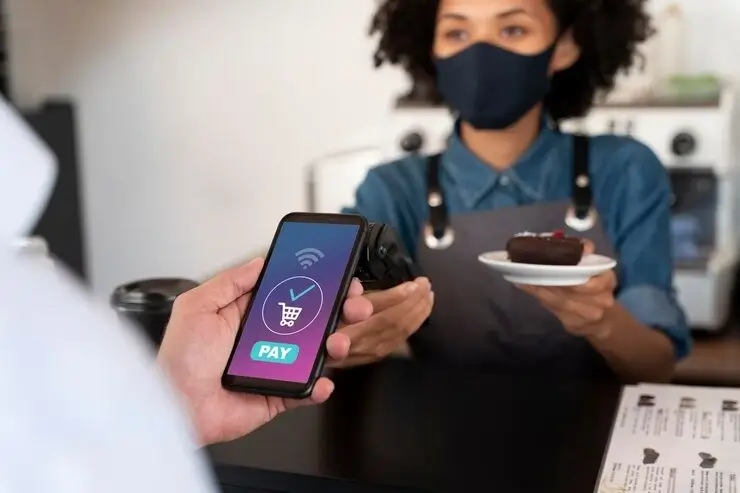“Great ideas are seeds; they need nurturing and cultivation to blossom into reality.” This analogy holds true for mobile app development. Just like nurturing a seed to a flourishing plant, turning your app idea into a successful reality requires careful steps and nurturing. From conceptualization to execution, building a mobile app involves research, user-centric design, testing, and adaptation. In this post, we’ll share insights and success stories of homegrown apps, highlighting the journey from idea to app for Ugandan entrepreneurs.
Crafting a Solution That Matters
1. Identifying a Market Need
To stand out, your app must address a specific market need. Thoroughly research your audience’s pain points and design your app to provide a solution. Example: Matatu Transport App. Uganda’s bustling urban centers often face transportation challenges. The “Matatu Transport App” was born out of the need for real-time public transportation information. This app provides users with live bus schedules and routes, helping commuters navigate the city more efficiently.

2. User-Centered Design
Create an app with an intuitive interface that caters to user preferences. A well-designed app enhances the user experience. Example: AfyaCare App In the healthcare sector, the “AfyaCare App” was developed to bridge the gap between patients and doctors. This app allows users to schedule appointments with local healthcare providers, view doctor credentials, and even conduct video consultations, making medical services more accessible to all.
3. Testing and Iteration
Continuously improve your app based on user feedback. Regular testing and iteration refine functionality and usability. Example: EatsExpress Delivery App. The “EatsExpress Delivery App” faced initial challenges with order accuracy and delivery delays. By actively listening to customer feedback, they fine-tuned their processes and introduced a driver rating system, resulting in improved customer satisfaction and timely deliveries.
4. Local Payment Integration
Seamless local payment methods improve user experience. Integrate familiar payment options for smooth transactions. Example: MobileMoney Wallet App The “MobileMoney Wallet App” addresses the need for accessible financial services. This app integrates local mobile money systems, enabling users to perform transactions, pay bills, and manage finances easily, even in regions with limited access to traditional banking.

5. Offline Functionality
Ensure offline access for users in areas with poor internet connectivity. Offline functionality ensures continuous usage. Example: Luganda Language Learning App. The “Luganda Language Learning App” allows users to learn the local language even without an internet connection. This offline mode is particularly beneficial for users in remote areas who want to enhance their language skills.
6. Customized Content
Tailor app content to local conditions and preferences. Customization enhances user engagement and relevance. Example: AgriHelp App. The “AgriHelp App” provides farmers with localized advice based on crop seasons and weather conditions. This customized content empowers farmers with insights that directly impact their agricultural practices.
7. Security and Privacy
Prioritize user data security through robust encryption and authentication measures. Example: PesaGuard Finance App The “PesaGuard Finance App” ensures the safety of users’ financial data by employing advanced encryption and biometric authentication. This level of security fosters trust and encourages users to manage their finances through the app.

8. Marketing Strategies
Effectively promote your app through collaborations and targeted marketing efforts. Example: ExploreUganda Travel App The “ExploreUganda Travel App” partnered with local travel agencies and social media influencers to showcase lesser-known destinations. By leveraging these collaborations, the app attracted both domestic and international travelers seeking unique experiences.
9. Scaling and Performance
As your user base grows, optimize app performance to maintain a seamless user experience. Example: DriveU Ride-Hailing App The “DriveU Ride-Hailing App” expanded its services to multiple cities in Uganda. By optimizing its backend infrastructure and introducing dynamic pricing during peak hours, the app effectively managed increased demand while delivering reliable service.
10. Continuous Improvement
Regularly update your app with new features and enhancements based on user feedback and technological advancements. Example: UgaNews Aggregator App The “UgaNews Aggregator App” continuously evolves by adding new sources and categories based on user preferences. This commitment to improvement ensures that the app remains a relevant and reliable source of news for its users.

Mobile app development is an avenue for Ugandan entrepreneurs to tackle local challenges. By embracing these tips and drawing inspiration from real success stories, you can navigate the journey from concept to app with confidence. Remember, every app’s success story starts with an idea; your determination and innovation can contribute to Uganda’s entrepreneurial growth.
Ready to turn your app idea into reality? Contact Lukard Technologies and let’s embark on this transformative journey together.




